- Xinjiang -
China's largest province, Xinjiang is the homeland of the Muslim Uyghurs and a fast-changing region where ancient and modern grind up against each other in surprising ways. High-speed railways cross the Martian landscapes linking cities in hours rather than days, and the regional capital Urumuqi is a forest of high-rise apartments and glass skyscrapers; while in parts of the Silk Road oases of Kashgar, Hotan and Turpan, life goes as it has for centuries, based around the mosque, the tea house and the bazaar.
Xinjiang is increasingly attracting visitors for its extraordinary natural beauty and fascinating Central Asian history and culture.
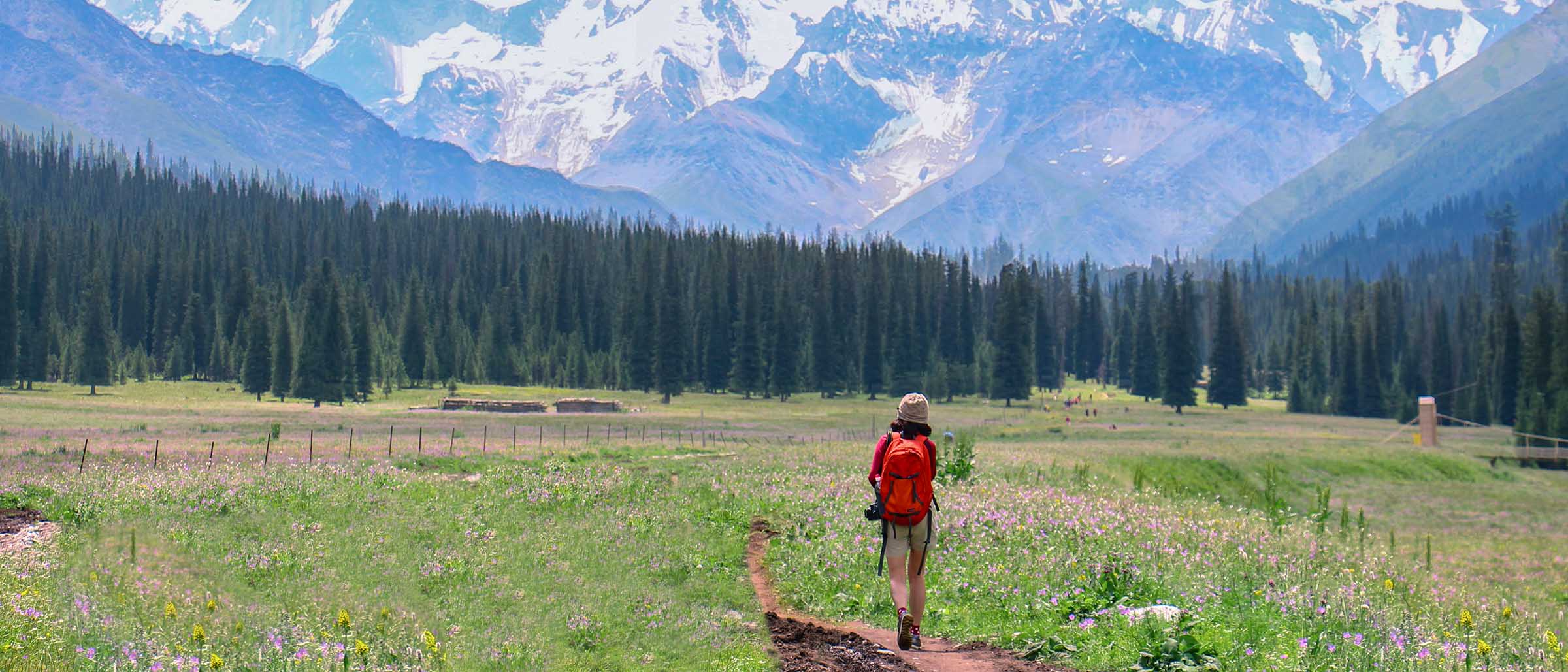
Basic Information
Chinese Name: 新疆( Xin Jiang )
Administration Type: Autonomous Region
Provincial Capital: Urumqi
Location: North western of China, bordered by eight countries including the former Soviet Central Asian republics, Mongolia, Afghanistan, Pakistan and India.
Area: Xinjiang spans over 1.6 million km2 (640,000 square miles)
Population: The 2010 census shows Xinjiang as having 21.82 million people.
Major Ethnic Group: Uyghur, Han, Kazakhs, Tibetans, Hui, Tajiks.
Famous Cities: Urumuqi, Turpan, Kashgar, Altay.
Xinjiang Geography
Xinjiang is the largest political subdivision of China—it accounts for more than one sixth of China's total territory and a quarter of its boundary length. Xinjiang is mostly covered with uninhabitable deserts and dry grasslands, with dotted oases at the foot of Tian Shan, Kunlun Mountains and Altai Mountains. The inhabitable oasis accounts for 9.7% of Xinjiang's total area by 2015.
Xinjiang is young geologically. Collision of the Indian and the Eurasian plates formed the Tian Shan, Kunlun Shan, and Pamir mountain ranges. Xinjiang is a very active earthquake zone. Older geological formations are located in the far north, where the Junggar Block is geologically part of Kazakhstan, and in the east, where is part of the North China Craton.
Xinjiang Climate
A semiarid or desert climate prevails in Xinjiang. The entire region has great seasonal differences in temperature with cold winters. The Turpan Depression recorded the hottest temperatures nationwide in summer,with air temperatures easily exceeding 40 °C (104 °F). Winter temperatures regularly fall below −20 °C (−4 °F) in the far north and highest mountain elevations.
Continuous permafrost is typically found in the Tian Shan starting at the elevation of about 3,500–3,700 m above sea level. Discontinuous alpine permafrost usually occurs down to 2,700–3,300 m, but in certain locations, due to the peculiarity of the aspect and the microclimate, it can be found at elevations as low as 2,000 m.
Xinjiang Religion
The major religions in Xinjiang are Islam among the Uyghurs and the Hui Chinese minority, while many of the Han Chinese practice Chinese folk religions, Taoism, Confucianism and Buddhism. According to a demographic analysis of the year 2010, Muslims form 58% of the province's population.Christianity in Xinjiang is the religion of 1% of the population according to the Chinese General Social Survey of 2009.
A majority of the Uyghur Muslims adhere to Sunni Islam of the Hanafi school of jurisprudence or madhab. A minority of Shias, almost exclusively of the Nizari Ismaili (Seveners) rites are located in the higher mountains of Pamir and Tian Shan. In the western mountains (the Pamirs), almost the entire population of Pamiris, (Sarikolis and Wakhis) are Nizari Ismaili Shia. In the north, in the Tian Shan, the Kyrgyz and Kazakhs are Sunni.
Afaq Khoja Mausoleum and Id Kah Mosque in Kashgar are most important Islamic Xinjiang sites. Emin Minaret in Turfan is a key Islamic site. Bezeklik Thousand Buddha Caves is a noticeable Buddhist site.
Xinjiang Cuisine
As the largest autonomous region in China, Xinjiang boasts substantial contingencies of different ethnic groups and is well-known for its Central Asian flair. Its cities are dominated by the Uyghur ethnic minority, as well as several other Muslim groups such as the Hui and Dongxiang people, meaning the food is predominantly halal and there is a marked lack of pork compared to other parts of China. In many ways, the cuisine in Xinjiang differs from the rest of the country and is distinctly non-Chinese. Roasted mutton, thickly fragrant spices, and sugary sweet desserts take centre stage when it comes to its signature dishes.
Since many of the cities within Xinjiang were once oasis towns along the Silk Road, they felt the influence of other ethnic groups most profoundly and have cherry-picked features of their cuisine, incorporating techniques and flavours from the Tibetans, Mongolians, Persians, Turkish, and numerous other nationalities. These have all come together to form a stunning mosaic of Chinese, Central Asian, and Middle Eastern qualities. Liberal use of seasonings like cumin, chilli powder, cinnamon, garlic, and saffron sets Xinjiang cuisine apart from other styles throughout China.
Xinjiang cuisine reflects the cooking styles of many ethnic groups of the Xinjiang region, and refers particularly to Uyghur cuisine. Signature ingredients include roasted mutton, kebabs, roasted fish, and rice.Because of the Muslim population, the food is predominantly halal.
Folk Festivals
Corban Festival (Muslim People)
Corban is an important festival for Muslims. Corban Festival is also called Zaishengjie while the Hui people call it Zhongxiaojie (festival of faith and obedience). It comes 70 days after the Feast of the Fast Breaking, or the tenth day of the second month in the Islamic calendar. The festival bears the meaning that disciples will devote everything to show their obedience and faith to Allah.
Grape Festival (Uygur People)
The Grape Festival is not just an ode to Turpan`s most important agricultural product, but a chance to celebrate the local way of life. Expect plenty of cultural treats in this remote corner of Xinjiang China. This oasis town in Eastern Xinjiang is picturesquely covered in vine trellises, shading the friendly locals from some of the fiercest heat in China. Almost every household has a hand in the grape business and the markets are full of sweet dried raisins. Its a relaxing place where donkey carts still outnumber cars, but it livens up in April each year.
Eid ul-Fitr (Muslim People)
Eid ul-Fitr often abbreviated to Eid, is a three-day Muslim holiday that marks the end of Ramadan, the Islamic holy month of fasting (sawm). The holiday celebrates the conclusion of the thirty days of dawn-to-sunset fasting during the entire month of Ramadan. The first day of Eid, therefore, falls on the first day of the month Shawwal.
Nowruz Festival
Nowruz Festival is celebrated as the traditional New Year for Uyghurs, Kazaks, Kirgiz, and Uzbeks in China’s Xinjiang region. It is celebrated around March 21st, which is the first day of spring, and the beginning of the year on the Iranian calendar. This festival is celebrated in many countries like Iran, Afghanistan, Kurdish regions of Iraq, Turkey and central Asian countries. It marks the beginning of the planting season. There are several traditional activities that the people take part in. In one activity, the head of the family waves burning pine and fir branches over the heads of the family. There is a traditional Nowruz porridge, “Harach” that is made from many ingredients that is served at lunch. There are many different traditional performances and celebrations that include singing, dancing, wrestling, and acrobatics.
Kanas Lake
Chinese name: 喀纳斯(Ka Na Si)
Location: North Burqin, Altay prefecture, Xinjiang Province.
Ticket: Entrance ticket CNY160.00,Sightseeing bus CNY70.00, Kanas lake boating CNY120.00
Estimated tour time: 1-3 days
Recommended time to visit: Jun to Sep
Nearby attractions: Hemu village, Baihaba village.
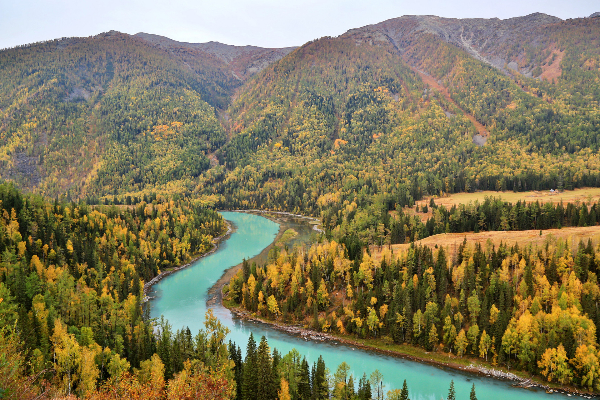
Kanas Lake is a lake in Altay Prefecture, Xinjiang, China. The lake is located in a valley in the Altai Mountains, close to the borders between Kazakhstan, Mongolia, and Russia, and it contains the aptly named Youyi or “Friendship” Peak, which is the landmark where China, Russia, and Mongolia approximately meet.
The lake was formed around 200,000 years ago during the Quaternary period as a result of glacier movement. The crescent moon shaped lake has an estimated water storage capacity of 53.8 billion cubic meters, coupled with an average depth of around 120 meters.
The Kanas River, flowing out of the lake, later merges with the Hemu River to form the Burqin River, which itself discharges into the Irtysh River at Burqin Town, the county seat of Burqin County.There is a large population of ethnic Tuvans and Kazakhs in the Kanas valley.
The word “Kanas” means “beautiful, rich, and mysterious” in the Mongolian language and, with its towering snowy peaks, thick green forests, and turquoise hued waters, it certainly lives up to the title!
In Kanas Lake, tourists can view “Treasure Light”, which is called by local people “Buddha Light”. It, integrating with the beautiful Kanas Lake view, the white glaciers, the green grassland, the boundless forest, and the mist in mountains.
When spring comes, all kinds of flowers growing on the mountains bloom and send out a whiff of fragrance making a sea of flowers. Sometimes in the morning or at dawn, you'll have a chance to see the wonderful view formed by mist floating over the surface of the lake, giving you the illusion of standing in a fairyland.In autumn, surrounded by snowcapped mountains that are reflected on the water, the long bean-shaped lake presents a pretty landscape of forests in all imaginable colors.
On the south bank of the lake lives the Mongolian tribe Tuwa. The valiant ethnic minority believes in Lamaism and has a long history and special folk costums.
Nowadays Kanas lake is a popular destination for hiking, rafting, rock climbing, paragliding, and boating, with the most popular hike being the one to Guangyu Pavilion. This scenic spot offers a stunning panoramic view of the surrounding mountains and grasslands.
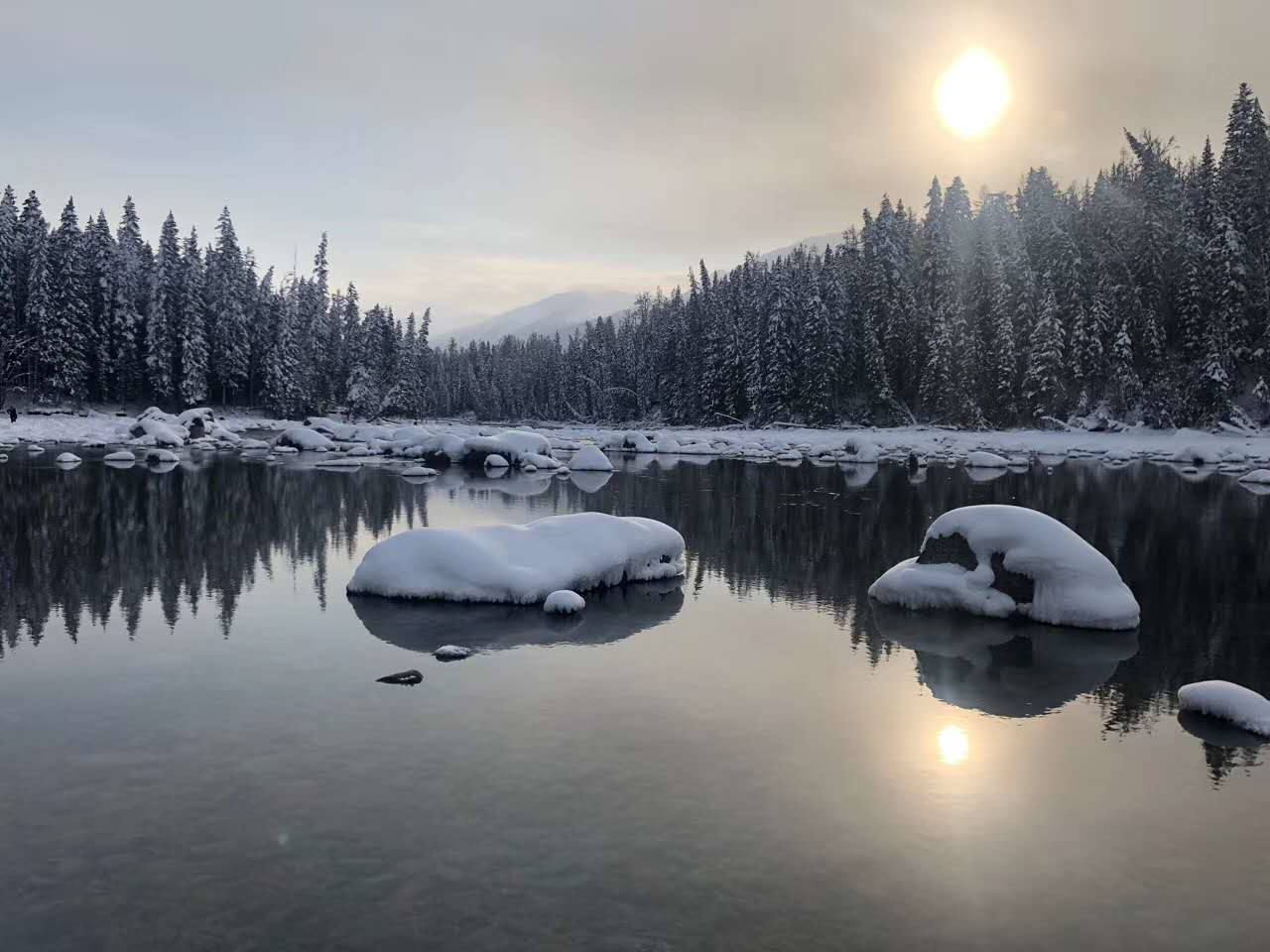
Highlights of Kanas Lake
Three Bays of Kanas
The color of the lake changes with each season, so it's also named the colored lake. The lake takes the shape of a moon and composes of six bays formed by six platform each having a beautiful legend. The lofty mountains are reflected in the boundless expanse of green water.
Three Bays of Kanas can be said to be the symbol, the most beautiful and photographic spot there. Kanas-Shenxian Bay, the morning mist, the covenant, the fairy scorpion can be seen in the day; the moon bay, shaped like a new moon, the sun is refracted, the bright lake is emerald, and the dark is the sky color; Wolong Bay, as if it had been preying on the Tyrannosaurus Rex.
The viewing route of three bays can choose to shoot morning fog in Shenxianwan before going to Moonwan by scenic area bus. When the fog has not dispersed, overlooking Moonwan, the fog is floated in the bay, you can photograph that kind of fairylands feeling; and finally walk to Wolongwan. From Moonwan to Wolongwan is 2km road, there are some wooden trestle road close contact with Kanas Lake, along the way autumn is strong & beautiful.
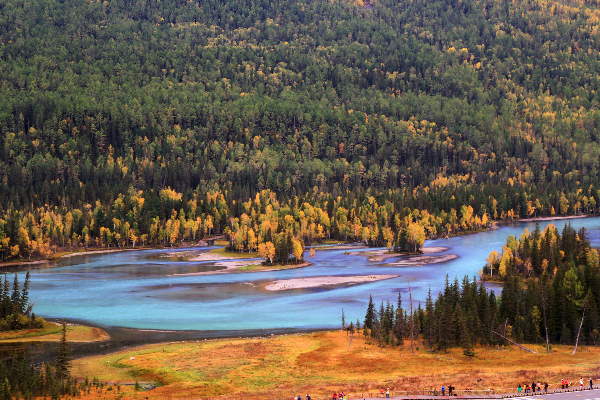
Fishing Pavilion(Guanyu Ting)
Built on the top of Halakaite Mountain with a 600-meter vertical drop from the Kanas Lake, the Fishing Pavilion is the best site to watch the lake monsters. So this pavilion was called Fishing Pavilion, Guanyu Ting in Chinese.
Arriving in the Fishing Pavilion, you can enjoy the beautiful scenery of Kanas Lake. You can have a panoramic view of the Kanas Lake, whose surface is smooth and fairytale. And the Fairy Bay and Wolong Bay are also visible from far. Grasses, trees And waters are changing irregularly with the light. You can also see the beautiful mountains surrounding the Kanas Lake. In the north, there are lots of mountains that block the Kanas Lake, including the highest peak of Altaic Mountain-the Friendship Mountain (4374 meters -high). On top of the Friendship Mountain, there is an icy world, bright and clean.
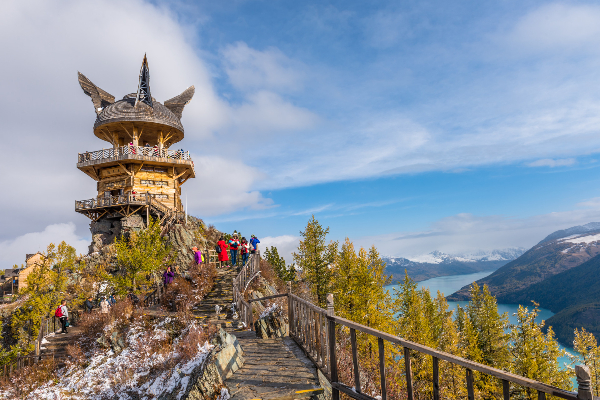
The Tuwa Tribe
Wood Cabins Where Tuwa People LiveA Mongolian tribe called Tuwa lives on the south bank of the Kanas Lake. It is a valiant ethic minority with a long history. Tuwa people speak Turkish, resembling the language of Kazakh, and live on hunting and graze. They also have a special folk custom. The Tuwa live in pine wood cabins. Hunters and herders, they get plenty of beef and dairy in their diets. A faith in Lama Buddhism still bears a rich strain of shamanistic ideology, expressed in their still close ties to the land, and deliberate distance from the outside world.
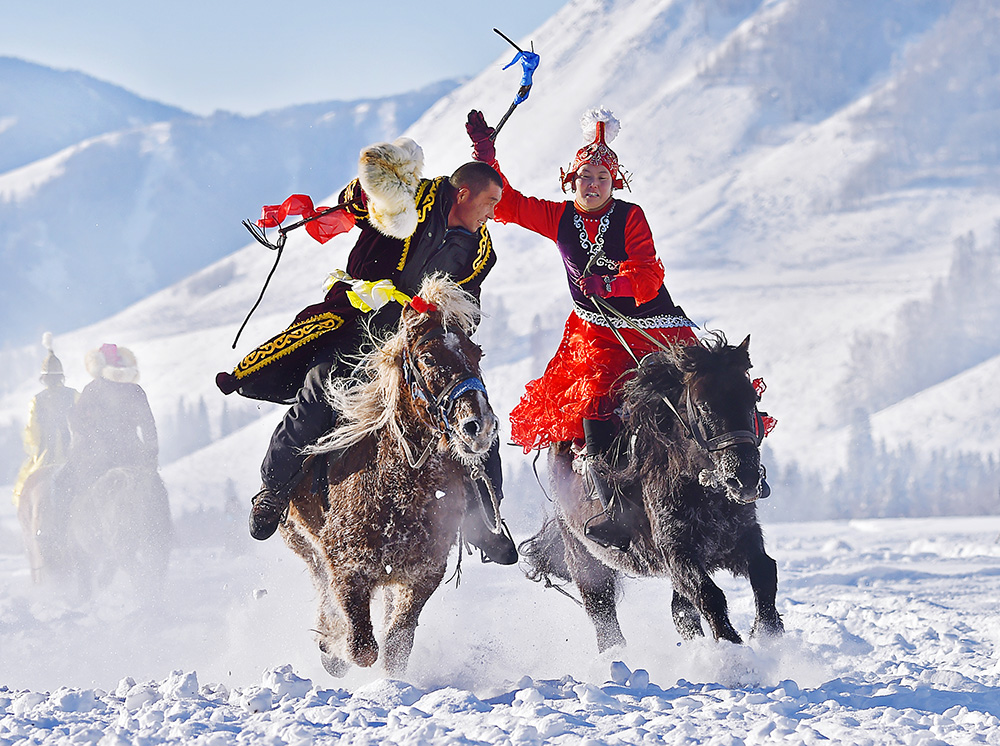
Best time to visit
The best time to visit the Kanas Lake is in June and September. In June, flowers bloom and trees turn green and everything are full of vigor. The flowers are at their best and Kanas lookes like an ocean of flowers. Entering September, Kanas entered the pure golden season. This is also the best time for photography.
Winter operation period (October 16 – April 30) is an ideal choice for visitors with limited budgets. Kanas does not close the mountain in winter, and the scenic spot is open for business. Visitors will see the fairyland-like original snowy scenery. Kanas will also host five major themes activities, namely, Snow and Ice Festival, Snow Carnival, Winter Ice and Snow Photography Season, Snowboard Invitational, Snow Sculpture Invitational.
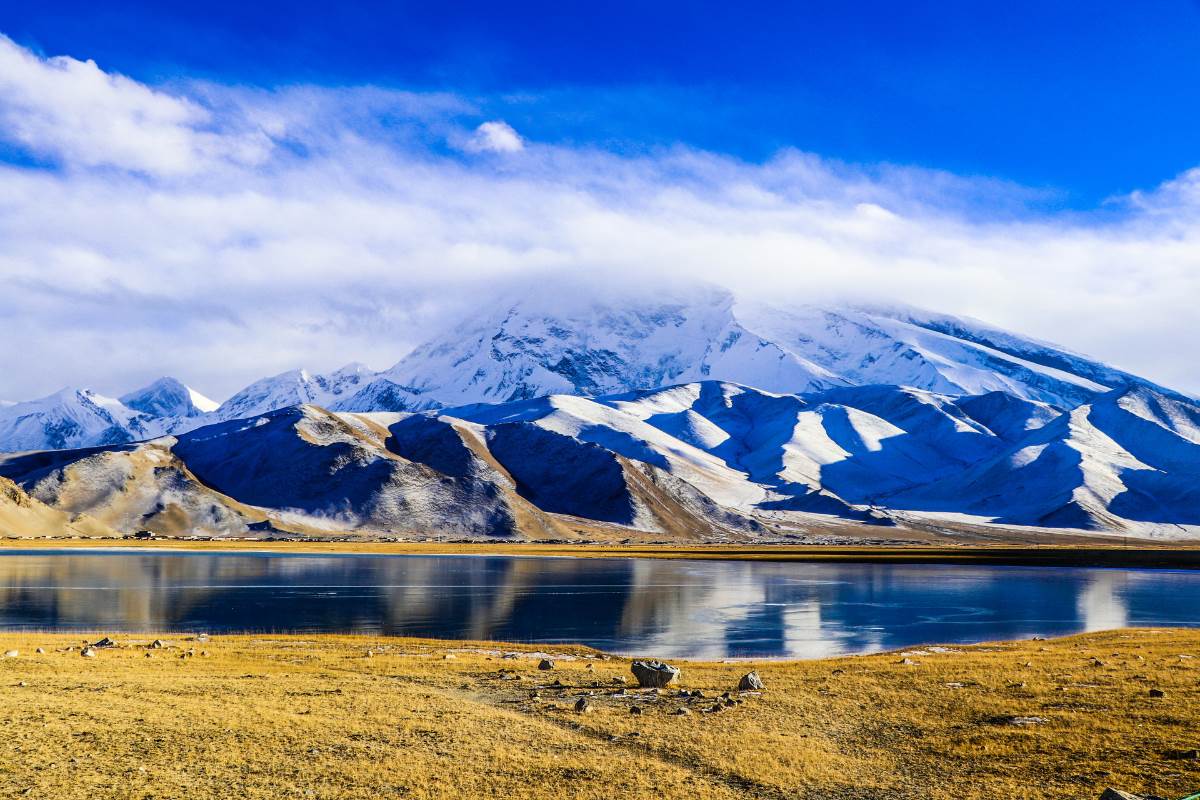
- $2280.00
- 12D11N DAYS
01. A historical relicss of the ancient silk road tour in south Xinjiang, Experience a bazaar that has existed for centuries on the Silk Road, enjoy kebabs in the night market while Uyghur music and dance videos blare from the vendors, explo…
Read More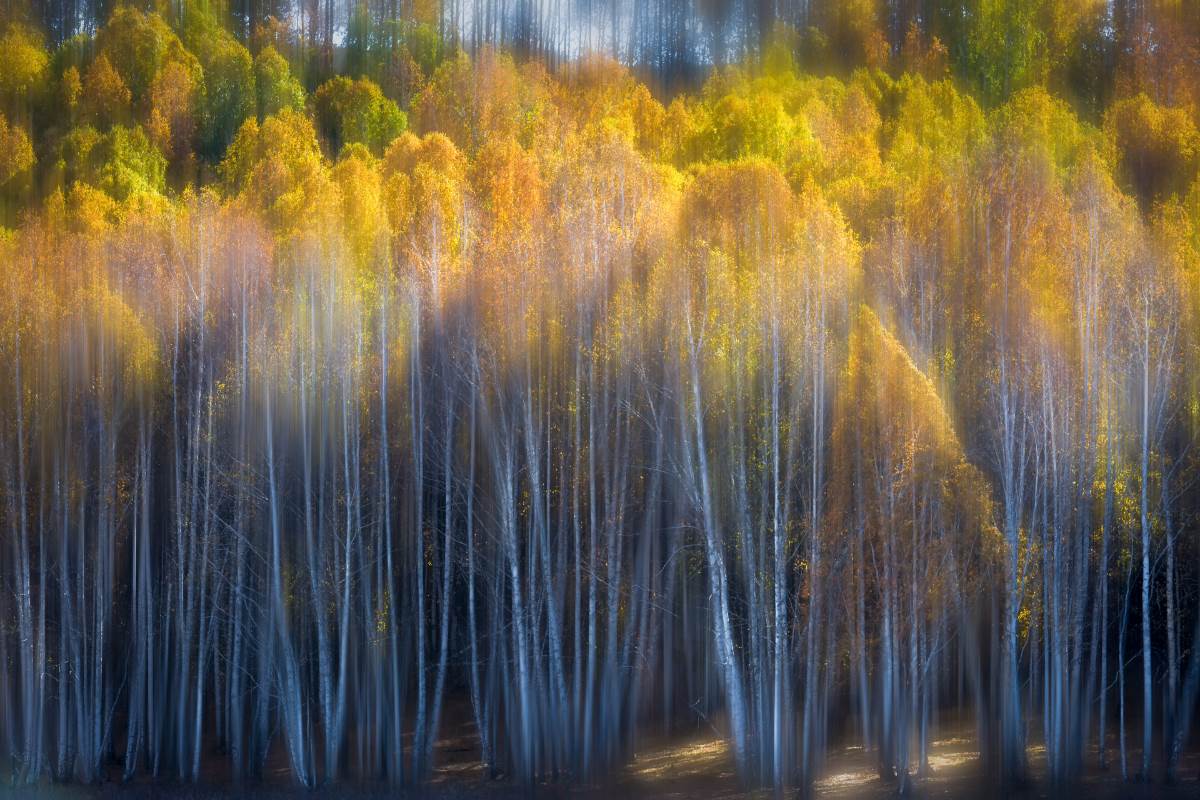
- $1380.00
- 10D9N DAYS
01. Enjoy the beautiful and mysterious Kanas Lake, a heavenly oasis in Xinjiang desert,famous as the “Oriental Switzerland” and the paradise of photographers; The "treasure Light" integrates with the beautiful Kanas Lake view, th…
Read More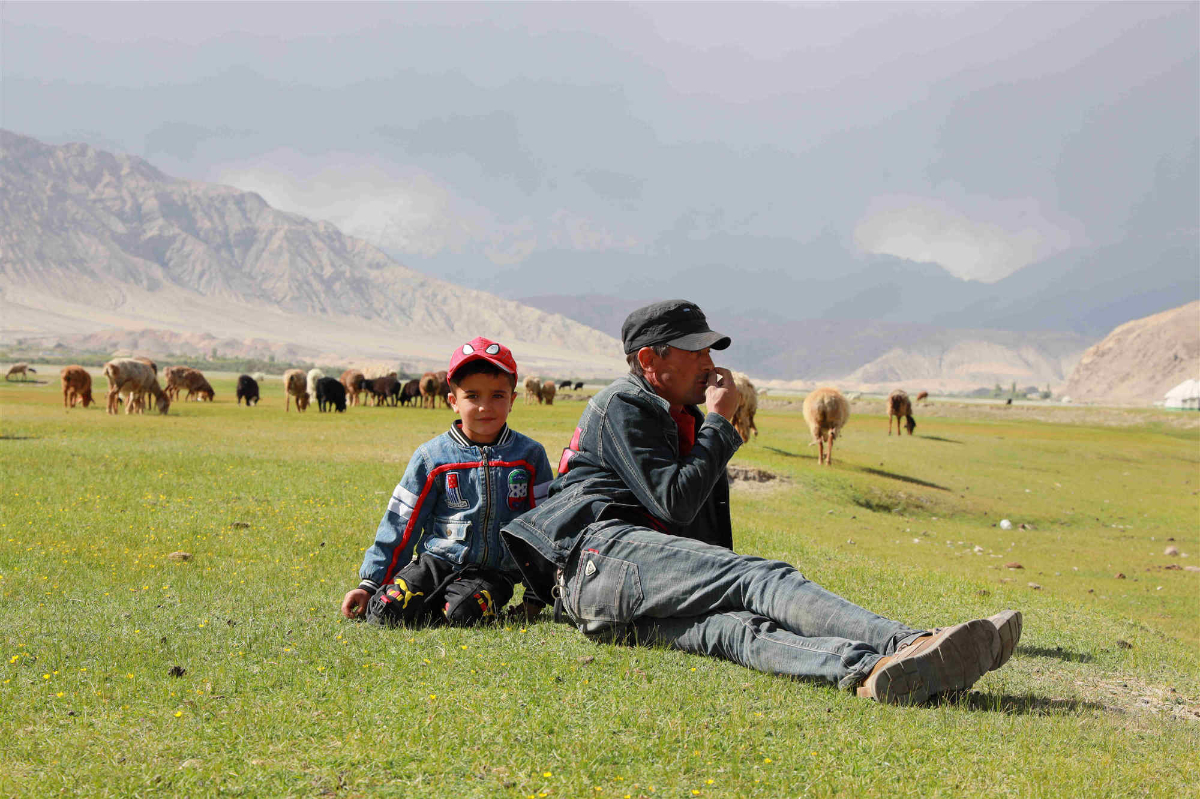
- $USD868.00
- 7D6N DAYS
01. A historical relicss of the ancient silk road tour in south Xinjiang, Exploring the hub connecting China to Central Asian countries, stroll around the Old Town, to explore the special culture of local people in Kashgar. Experience a baza…
Read More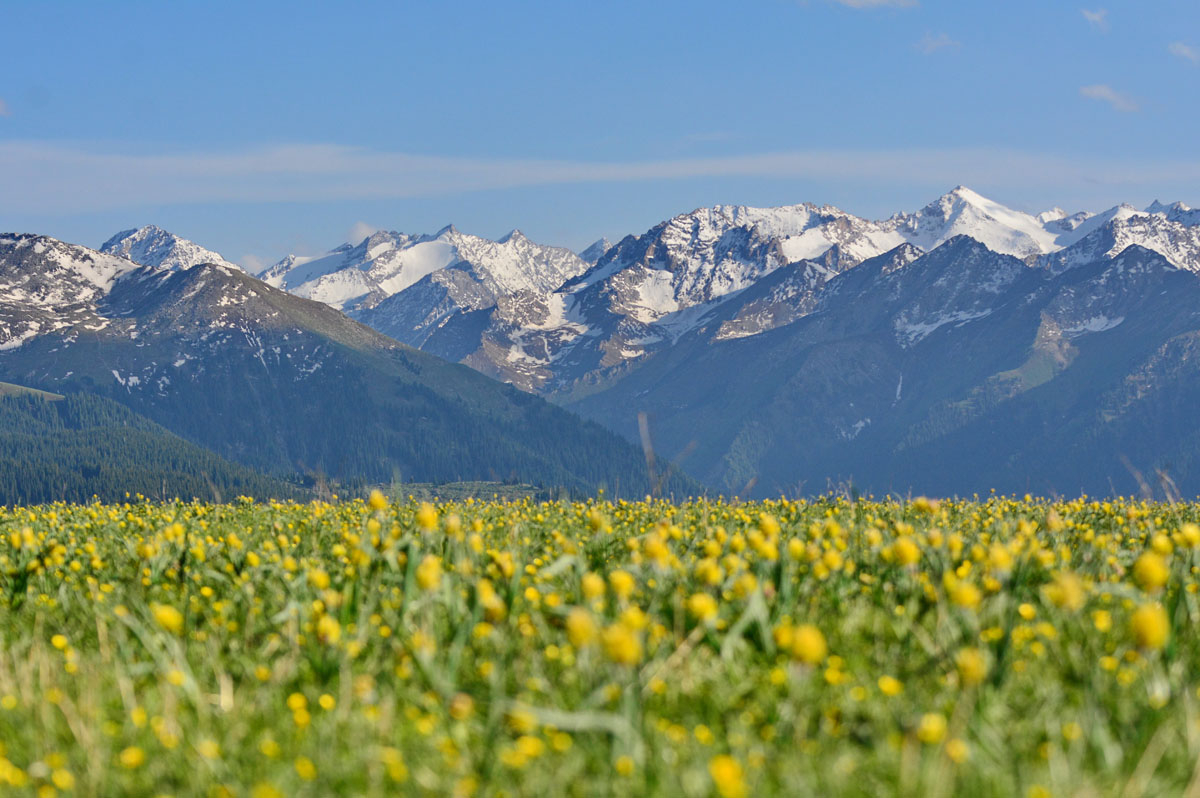
- $1658.00
- 12D11N DAYS
01. A tour travel deep into remote Xinjiang grasslands in the best time, including Sayram lake, Xiata Grand Canyon, Kalajun Pasture, Nalati Grassland, Bayanbuluk, winding river, large flat valley, towering and steep mountain peaks, dense fo…
Read More